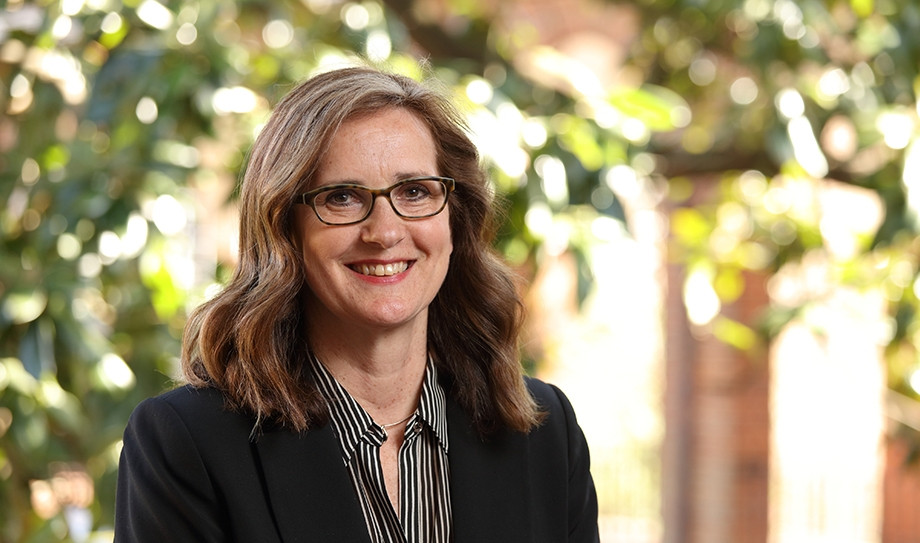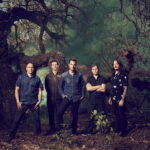University of Virginia’s chemical engineering professor Roseanne M. Ford is embarking on a fascinating project that blends the realms of biology and music. For over a decade, Ford has been intrigued by the idea of translating the dynamic movements of bacteria into audible sound. This innovative concept, sparked by a textbook image depicting bacterial motion as a ballerina-like figure, has now evolved into a funded research endeavor in collaboration with Maxwell Tfirn, a composer and technologist from Christopher Newport University.
Their project, aptly titled “Exploring beyond visualization: Data sonification of bacterial chemotaxis patterns,” has received a National Science Foundation EAGER grant, supporting its potentially groundbreaking approach. The core concept revolves around “sonification” – the transformation of data into sound to identify hidden patterns. Ford and Tfirn aim to demonstrate how sound can offer a new lens through which to analyze scientific data, particularly the complex behaviors of bacteria.
 Bacteria under microscope moving towards food source
Bacteria under microscope moving towards food source
Bacterial chemotaxis, the directed movement of bacteria towards or away from chemical stimuli, holds significant potential for applications like environmental pollutant removal. While these movements are observable under a microscope, visually deciphering their patterns can be challenging. The human auditory system, however, excels at pattern recognition. This project explores the possibility that we might be able to hear patterns in bacterial behavior that are difficult to discern visually.
Ford explains their experimental approach: “We recorded videos of bacteria both in the absence and presence of a food source. Max then developed an algorithm to convert the visual data from these videos into sound, allowing us to listen to bacterial movement in real-time.”
The resulting sounds aren’t melodic in the traditional sense; instead, they are described as a series of rapid, high-pitched tones. Each tone signifies a change in a bacterium’s direction. In their initial experiments, Ford and Tfirn observed that when a chemical stimulus (food source) was present, the density of these sound events slightly decreased. This subtle auditory shift suggests that they are capturing the bacteria making longer, more directed movements (“runs”) towards the food, interspersed with fewer directional changes – akin to a dog following a scent. Conversely, in the control samples without a stimulus, the sound patterns reflect the random, less directed movement with a higher frequency of directional changes.
This technique promises to provide researchers with immediately interpretable data. More significantly, Ford and Tfirn believe that sonification has the potential to revolutionize data analysis, mirroring the transformative impact of data visualization in scientific research over past decades.
The use of sound in science, and data in music, isn’t entirely novel. Consider the Geiger counter, which audibly signals radiation levels, or the sonification techniques employed by radio astronomers to gain further insights from their data. Even CERN, the European Organization for Nuclear Research, famously created “LHCHAMBER MUSIC” from data generated by the Large Hadron Collider in 2014.
However, sonification remains largely untapped as a primary tool for data analysis, particularly in biological sciences, as Ford points out. This gap is precisely what attracted Tfirn to the collaboration.
Their partnership began when Ford delivered a guest lecture in one of Tfirn’s graduate courses at UVA. Inspired, Tfirn translated a mathematical equation Ford used to describe chemotaxis trajectories into audible signals. As a composer, Tfirn frequently incorporates data into his musical creations, a practice with roots extending back to the 1940s. Now, he aims to reverse this relationship, leveraging musical processes to enhance scientific understanding.
“I’ve always sought opportunities to collaborate with scientists, and this project allows me to contribute meaningfully,” Tfirn states. “My goal is to underscore the scientific value of this research and demonstrate how musical methodologies can be applied across disciplines beyond music itself. The concept of data sonification is gaining traction outside of music, capturing the attention of the scientific community. I hope this trend continues, enabling musicians to engage in significant scientific inquiry and develop innovative approaches to data interpretation.”
Ford echoes this enthusiasm: “I am truly excited about exploring the potential of data sonification to understand biological systems, for example. We hope to inspire the broader research community to consider sound – either alongside or in place of visual images – as a means to extract new knowledge from data.” By listening to the “Jitterbug Song” of bacteria, scientists may unlock deeper insights into the intricate dance of life at a microscopic scale.

